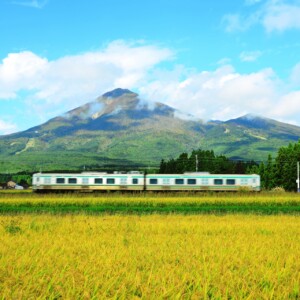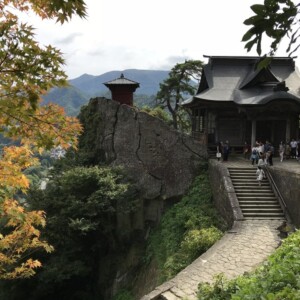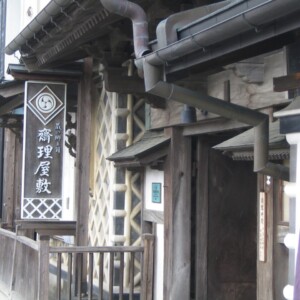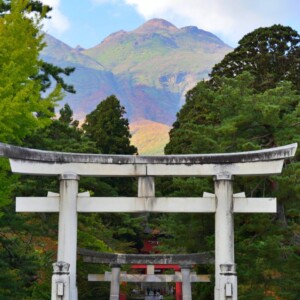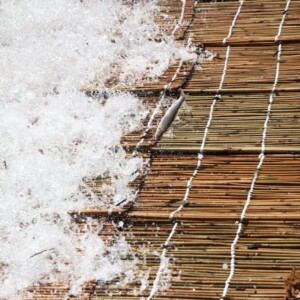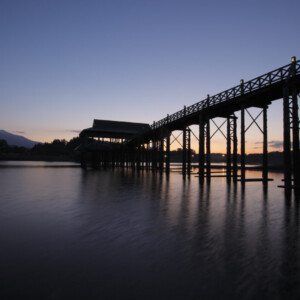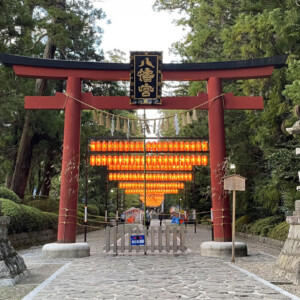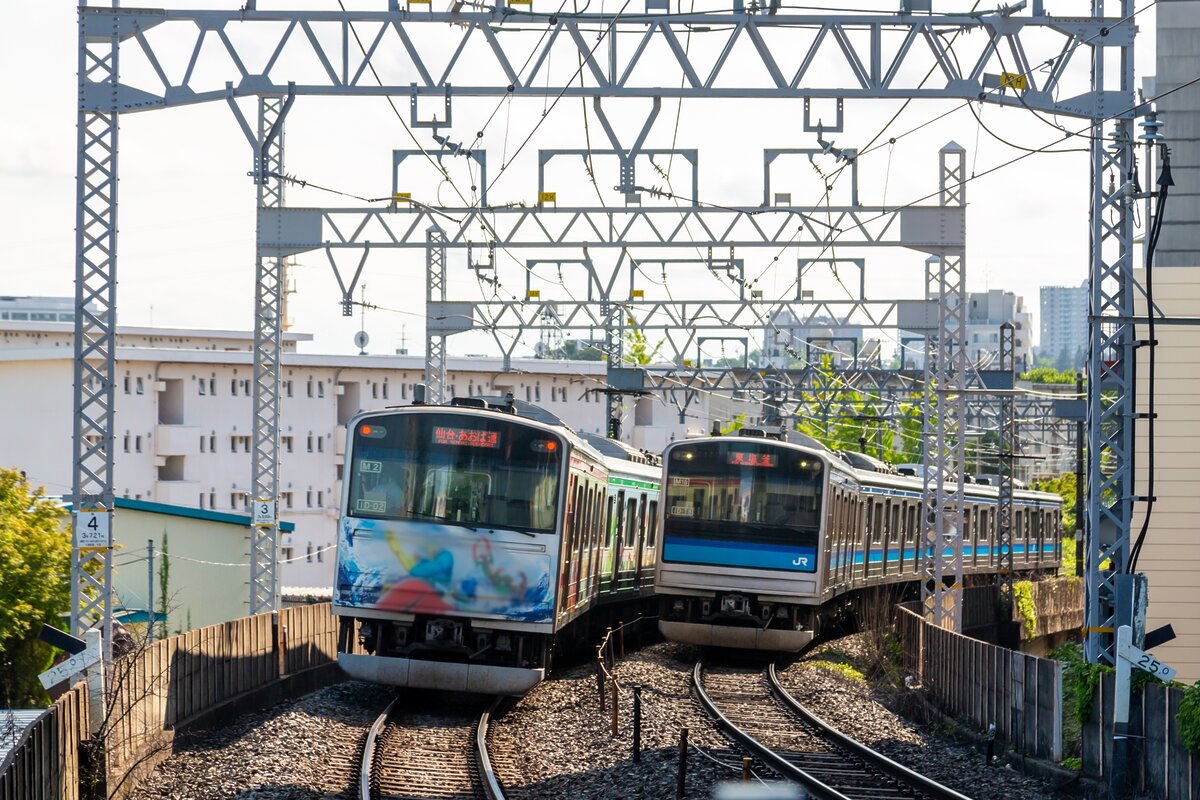
Japan's first "underground railway" Sengoku Line [Miyagi Prefecture]
table of contents
The Ginza subway line that runs through Tokyo is famous as Japan's first subway (sometimes referred to as Asia's first).
There is no question that the Ginza Line is the first line in Japan to run fully underground, but in fact, it is not the first line in Japan to have trains carrying passengers run underground.
was the JR Senseki Line, or more precisely its predecessor, the Miyagi Electric Railway
What is JR Senseki Line?
The JR Senseki Line is a line of JR East that connects 49.0km from Aoba-dori Station in Aoba Ward, Sendai City, Miyagi Prefecture to Ishinomaki Station in Ishinomaki City.
Sendai Station, one station next to Aoba-dori Station, is the representative station of Sendai City, the largest city in the Tohoku region.
`` Senseki Line '' because it connects Sendai and Ishinomaki.
The Senseki Line is responsible for commuting to and from school on the east side of Sendai City, as well as intercity transportation between Sendai City and municipalities along the line such as Tagajo City, Shiogama City, Matsushima Town, and Ishinomaki City, and transportation to tourist destinations such as Matsushima. It also has the role of
JR East has announced that the number of users per 1 km per day (average number of people passing through) in 2023 is 39,625 people between Aoba-dori Station and Higashi-Shiogama Station, 7,371 people between Higashi-Shiogama Station and Ishinomaki Station, and 7,371 people between Aoba-Dori Station and Aoba-Dori Station. - The total number of people in the entire section of Ishinomaki Station is 18,693.
One of the characteristics of the Senseki Line is that it has the highest average number of passengers among the JR East lines that do not pass through the Tokyo metropolitan area .
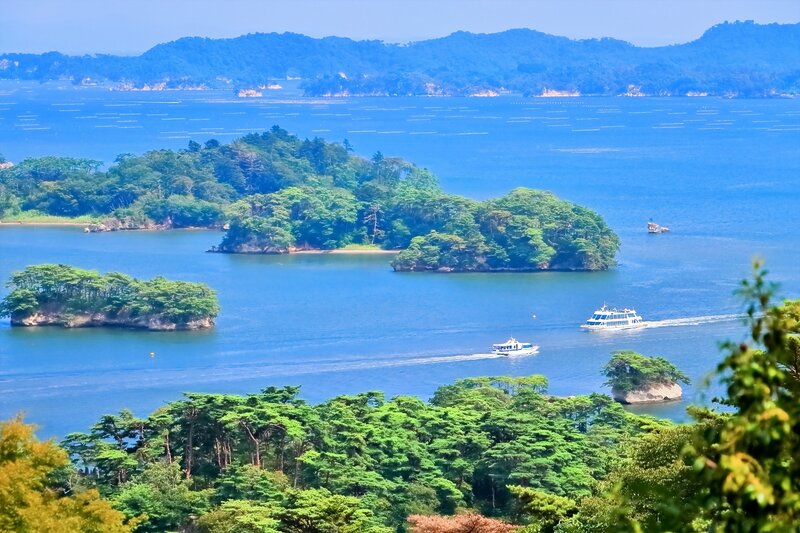
History of the Senseki Line
The Senseki Line was born in June of 1925 (Taisho 14).
At the time of its opening, it was not a line run by the Japanese National Railways, the predecessor of JR, but by the private railway Miyagi Electric Railway .
The line first opened from Sendai Station to Nishi-Shiogama Station, and was subsequently extended, with the entire line opening to Ishinomaki Station in 1928.
The starting point of the Miyagi Electric Railway was Sendai Station (Miyaden Sendai Station), but they were looking to extend it to the vicinity of the prefectural office, which is west of Sendai Station.
Therefore, the section from Miyaden Sendai Station to Higashi-Nanbancho Station was run underground so that it could be extended westward while avoiding at-grade intersection with the JNR Tohoku Main Line
(I will explain this again later, but this (The section that runs underground no longer exists.)
in the history of Japanese railways that commercial trains carrying passengers ran underground .
Tokyo's Ginza Line (then known as the Tokyo Underground Railroad), said to be Japan's first subway, opened from Asakusa Station to Ueno Station at the end of 1927, and the Miyagi Electric Railway opened. This was two and a half years later.
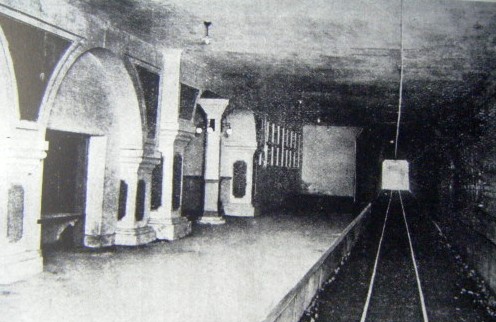
Wikipedia https://commons.wikimedia.org/w/index.php?curid=10423036
During the war in 1944, the Miyagi Electric Railway line was acquired by the government and became the nationally owned Senseki Line.
It is thought that the reason for nationalization was that military facilities such as factories and airfields were scattered along the line.
Although the Senseki Line became part of the Japanese National Railways and later the JR, there are still traces of it being a private railway at the time of its creation.
Private railways generally use direct current electricity for ``electrification,'' which allows them to supply power for trains to run.
On the other hand, most of the electrified JR lines in the Tohoku region were electrified to AC after the war.
However, the Senseki Line is the only direct current electrified line among the JR lines in the Tohoku region.
This is because the Senseki Line was electrified with direct current from the time it opened as a private railway .
After the war, in 1952, the Sendai Station platform of the Senseki Line, which was located underground on the west side of Sendai Station, was moved to above ground on the east side of Sendai Station.
As a result, Japan's first underground railway section was abolished and became a thing of the past.
Go underground again
The section near Sendai Station was moved above ground in 1952, but because there was a railroad crossing to run above ground, traffic congestion on the road became a problem.
Therefore, it was decided that the section of the Senseki Line near Sendai Station (the section west of Nukutake Station in Miyagino Ward) would be run underground again, and a groundbreaking ceremony was held in 1985, and 15 years later, in 2000, the underground track has opened.
This construction not only took the Senseki Line's tracks underground, but also shortened the route and extended it from Sendai Station to Aoba-dori Station, which was newly built on the west side.
Senseki Tohoku Line begins operation
Since the line runs along the Pacific coast of Miyagi Prefecture, the Senseki Line was severely damaged by the Great East Japan Earthquake in 2011.
In particular, restoration between Takajocho Station and Rikuzen-Ono Station took time, and after construction work such as relocating the track to higher ground or inland, the Senseki Line was reopened on May 30, 2015, more than four years after the earthquake. Train operations have resumed on all lines.
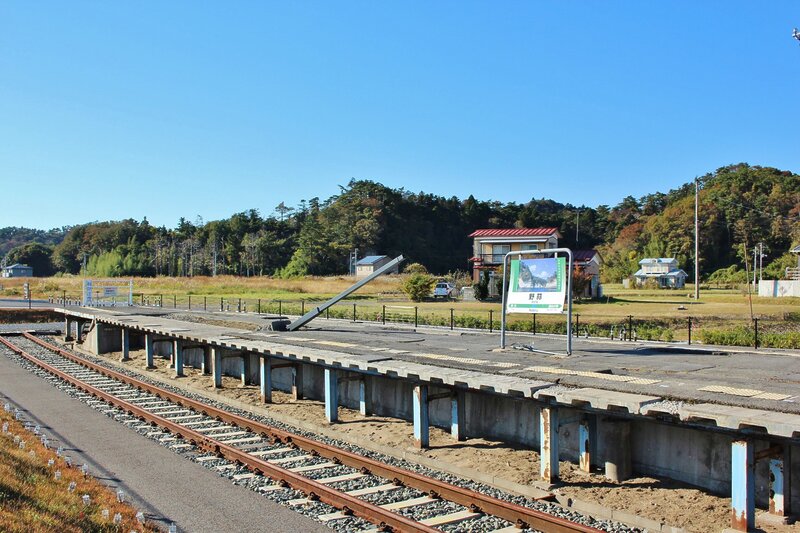
Sengoku Tohoku Line began operating at the same time as the entire line resumed operations .
Senseki Tohoku Line trains run on the JR Tohoku Main Line from Sendai Station to Matsushima Station, and from Matsushima Station they transfer to the Senseki Line via a connecting line that connects the Tohoku Main Line and Senseki Line tracks, and then from Takajocho Station to Ishinomaki Station. Travel on the Senseki Line.
By going via the Tohoku Main Line instead of the Senseki Line from Sendai Station for a while, the train can run faster than via the Senseki Line, reducing
the time required from Sendai Station to Takajocho Station and other stations beyond. . Additionally, trains on the Senseki Tohoku Line depart from the Tohoku Main Line platform above ground rather than the underground Senseki Line platform at Sendai Station, making it convenient to get on and off at Sendai Station.
The Tohoku Main Line has AC electrification, while the Senseki Line has DC electrification, so the power supplies for trains are different.
For this reason, trains on the Senseki Tohoku Line use HB-E210 series hybrid diesel cars (vehicles that run on electricity from their own diesel generators and batteries), which can operate regardless of the electrification system.
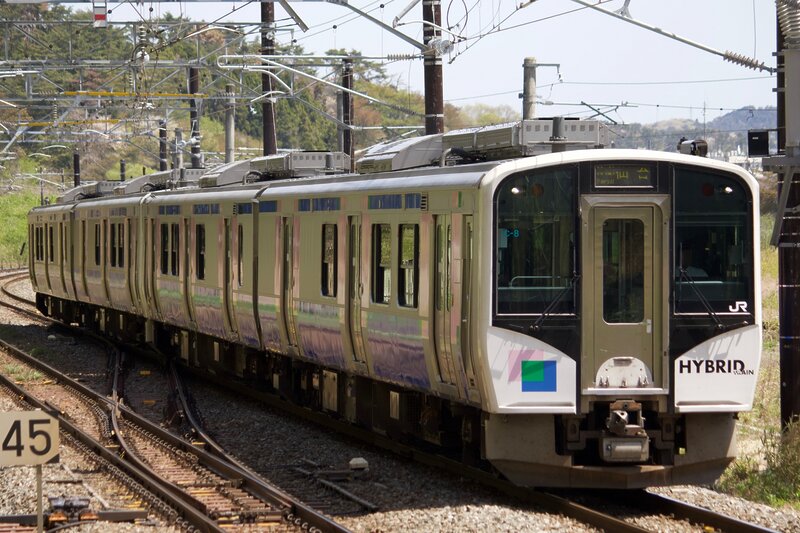
Date SATONO using the HB-E300 series sometimes operates via the Senseki Tohoku Line.
Please see this article for information SATONO , which mainly operates on the Banetsu West Line
mangattan liner
the Mangattan Liner has been in operation
on the Senseki Line since 2003 This train is named after the late famous manga artist Shotaro Ishinomori , who had ties to the Nakase area of Ishinomaki City during his lifetime, and the Ishinomori Manga Museum is located here.
The word "Mangattan" was a word that Professor Ishinomori came up with because the Nakase area is located on a river bank and is similar in location to Manhattan in New York, USA.
The latest Mangattan liner is the 4th generation that appeared in 2022, and wrapping has been applied to two of the HB-E210 series trains that are being used on the Senseki Tohoku Line.
Every Sunday, Ishinomori Mangakan runs a service where those who get on the Mangattan Liner and get off at Ishinomaki Station will receive a commemorative boarding certificate (*Information as of December 2024) .
In addition, two 4-car trains of the 205 series trains used on the Senseki Line (trains that pass through the Senseki Line from Sendai Station to Ishinomaki Station) are also wrapped.
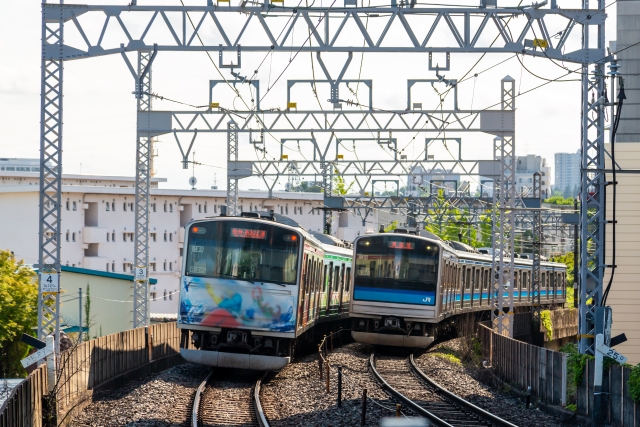
Information
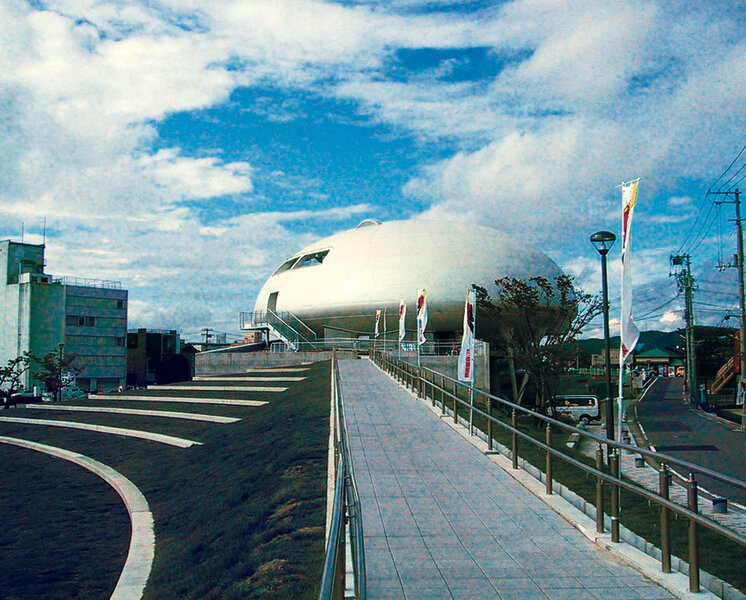
- Facility name: Ishinomori Manga Museum
- Location: 2-7 Nakase, Ishinomaki City, Miyagi Prefecture
- Business hours: 9:00-17:00
- Closed: Tuesdays
- Inquiry number: 0225-96-5055
- URL: Ishinomori Manga Museum
Google Map
summary
The underground section of the Senseki Line when it opened as the Miyagi Electric Railway is little known because it no longer exists, but it was the section where Japan's first passenger train ran underground.
In addition, the line continues to transport many passengers, including commuters in the Sendai metropolitan area, and stands out among the railways in the Tohoku region, which is suffering from a decline in passenger numbers.
It will continue to be an indispensable part of the transportation network along the Pacific Coast of Miyagi Prefecture.


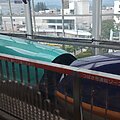
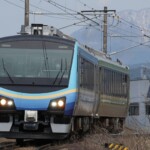

![[Miyagi Prefecture] 5 recommended beaches in Miyagi Prefecture! This is a beach with high transparency and good water quality! Miyagi Oda Beach](https://jp.neft.asia/wp-content/uploads/2023/07/904ac903389d6e95fe9063f0ee88b121-150x150.jpg)
![Scary and slightly sad stories... "Michinoku Otogi Kaido" with many stories left behind [Shichigasyu-cho, Shiraishi City, Miyagi Prefecture] Fairytale images](https://jp.neft.asia/wp-content/uploads/2023/04/be73b392233d2fe609797e999f8ca547-1-150x150.jpg)
![Enjoy the famous soft serve ice cream at Marukanville's Large Restaurants! [Hanamaki City, Iwate Prefecture] hanamaki4](https://jp.neft.asia/wp-content/uploads/2023/07/hanamaki4-1-150x150.jpg)
![Nihonmatsu Shrine, the main shrine of the former Nihonmatsu Domain, famous for its lantern festival [Fukushima Prefecture] Approach to Nihonmatsu Shrine](https://jp.neft.asia/wp-content/uploads/2024/02/PXL_20231012_061040533-150x150.jpg)
![Kurikoma foot Geopark learned from large-scale landslide disasters [Miyagi Prefecture] Autumn leaves of Mt. Kurikoma](https://jp.neft.asia/wp-content/uploads/2023/08/22090138_m-150x150.jpg)
![Demon's Jigokudani Promenade! The geyser of the steam is truly a hellish sight! ? [Miyagi Prefecture] 5148713_m](https://jp.neft.asia/wp-content/uploads/2023/08/5148713_m-150x150.jpg)
![The timber rocks in Shiraishi Obara are natural phenomena, and are spectacular spots with columnar joints! [Miyagi Prefecture] FE8E1C5D-891F-4A2B-B0BB-BB4536BF6858_105_c](https://jp.neft.asia/wp-content/uploads/2023/07/FE8E1C5D-891F-4A2B-B0BB-BB4536BF6858_1_105_c-150x150.jpeg)
![[Miyagi Prefecture] Remember the Miyagi dialect! “So,” “suddenly,” “good morning socks”? good morning socks](https://jp.neft.asia/wp-content/uploads/2023/09/fashion_kutsushita_ana-150x150.jpg)
